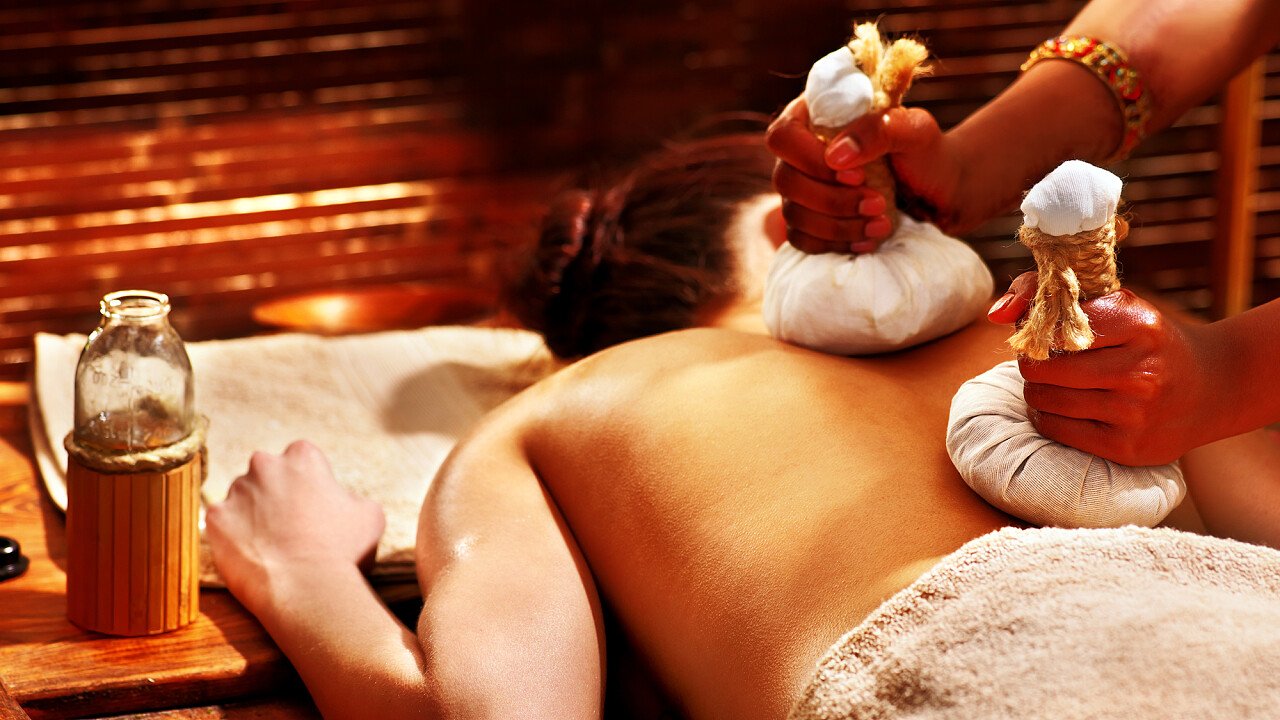The therapeutic and beneficial properties of water were known since ancient times, but only during the Roman Empire the first spas, now so fashionable were built. In our modern times a true spa culture has developed, with massages and treatments for the body.
Since always water has been considered an important vital element for the existence of men and for the development of the civilizations.
Indeed, the birth and development of many populations had been strictly connected to the presence of water-courses. Moreover, men have found in water the power of defending from illnesses and facilitating healing. For these reasons, since ancient times, men have given to water magic virtues and considered it a gift of the gods. Many are myths and legends about miraculous waters which heal all the troubles of body and soul.
In the V century B.C. the beneficial properties of the sulphureous springs which could weaken muscle and articular diseases and skin illnesses, were already well-known.
As evidence of the importance given to the therapeutic properties of water, during the Roman Empire great thermal buildings had been built and become a real social institution. In a few times, spa centres became also an occasion for meeting and cultural exchanges. Spa buildings included saunas, training rooms, rooms for massages, stadium, libraries, meeting and conference rooms... i.e. a sum of all the facilities which had to keep a "mens sana in corpore sano". In that period, the beneficial concept of baths turned into a true therapeutic practice prescribed by the doctors in order to guarantee a longer and healthier life to their patients.
After the fall of the Roman Empire the splendour of "thermal culture" faded away because of the Barbaric invasions and the success of the Christian culture which did not accepted nudity nor promiscuity.
When, in the Middle Ages, herbs and potions could not heal disease nor relieve pain, people had nothing to do but entrust the healing and purifying action of water, which gained again its lost therapeutic importance.
Several kinds of water were classified, according to their composition and the single healing properties; for example sulphureous waters were used to treat skin diseases whereas waters rich in salt bromine and iodine were used in case of feminine sterility.
During the Renaissance the discovery of printing improved the divulgation of information and consequently the use of hydro-treatments increased, even if the methods remained the medieval ones. Starting from the XVIII century the development of medicine facilitated the analysis on water composition and guaranteed a scientific approach to therapies. Between the XIX and the XX centuries the fruition of spas was reserved to the privileged social class and only later this phenomenon extended to other classes too.
Nowadays Spas are the ideal place where to find a complete wellness sensation and where to be healed with many natural therapies.

